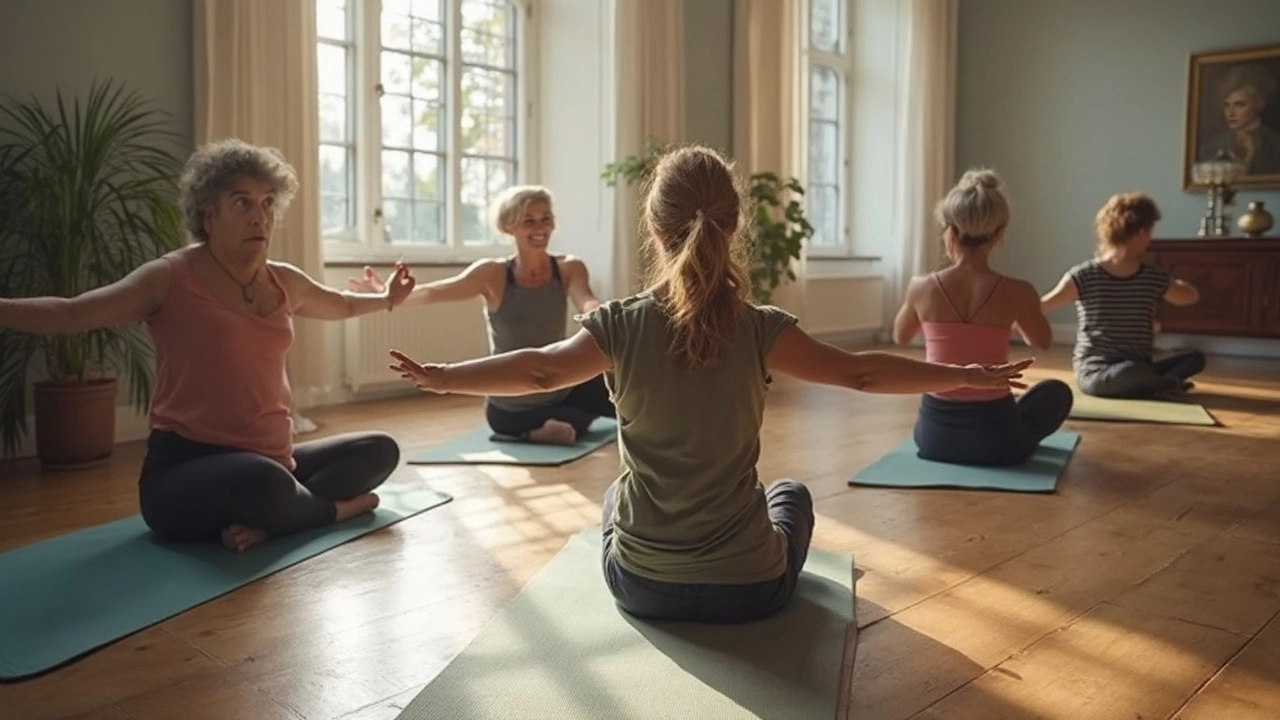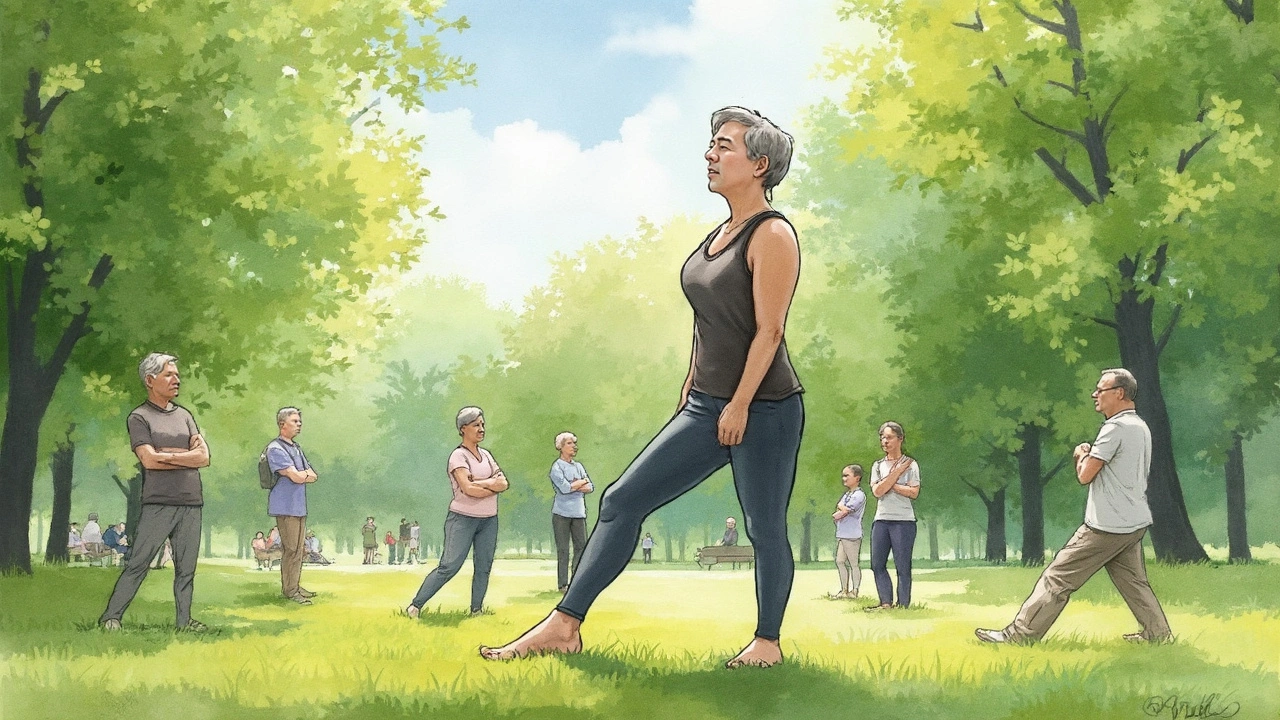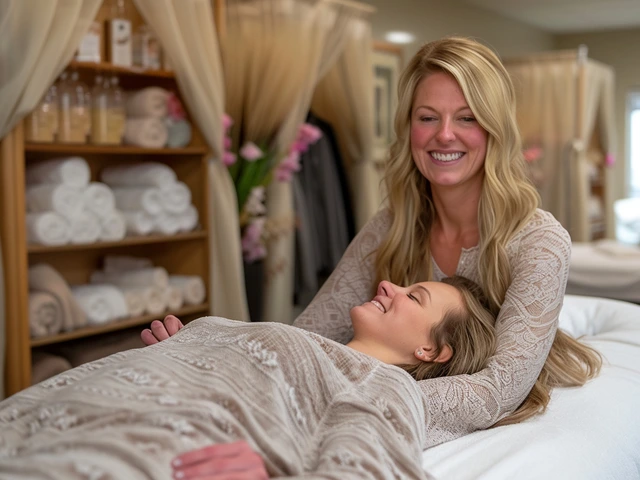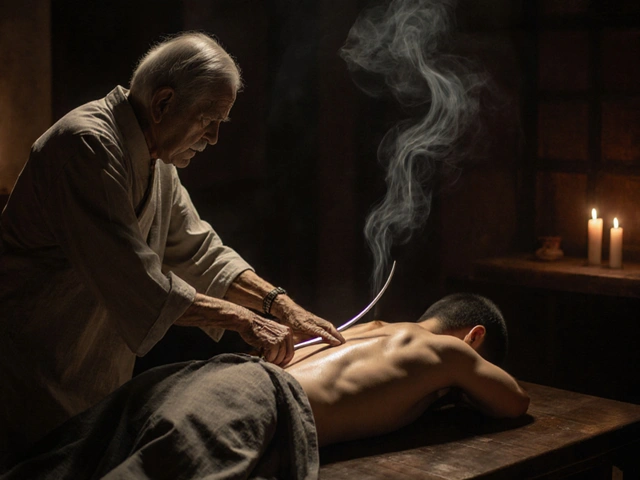How Feldenkrais Training Transforms Your Yoga Practice for Greater Flexibility & Awareness

When you think about yoga, you probably picture twisting poses, deep stretches, maybe some peaceful music in the background. But what if I said a method from the mid-1900s, dreamed up by a Ukrainian-Israeli physicist, could completely change how you move on the mat? Yep, the Feldenkrais Method has been quietly transforming the game for yoga lovers who want the kind of deep, effortless motion yogis talk about—but most haven’t truly felt. There are tons of stories about people unlocking tricky poses after a few weeks of Feldenkrais classes. That’s not magic. That’s movement science meeting mindful awareness. The truth is, most of us don’t even know how much tension we carry until we learn something new about how our bodies work. Feldenkrais gives you tools for exactly that.
What Is Feldenkrais Training? A Look Under the Hood
Feldenkrais training isn’t another fancy workout. It’s a system built around how your brain learns movement patterns, designed by Moshe Feldenkrais, who was actually a black-belt judoka and physicist (so, not your garden-variety yoga teacher). The big idea? By gently exploring new ways to move, you can teach yourself to move more efficiently and with less pain. Feldenkrais isn’t about sweating or pushing; it’s about sensing. A typical Feldenkrais session (called Awareness Through Movement) involves slow, easy movements, done while lying or sitting.
Here’s the weird part—these movements can feel almost too simple at first. But don’t be fooled. The point is to notice how you move, not just to stretch or exercise. Think of it like updating the software running your muscles and joints. When you practice this kind of awareness, your nervous system starts to drop unnecessary habits—like clenching your jaw in downward dog, or locking your knees in a forward fold. Feldenkrais fans like to remind people that it’s not a treatment or quick fix. It’s a re-education. Over time, studies (like the 2015 review in Clinical Rehabilitation) show real benefits for balance, flexibility, coordination, and pain levels. The best part? It’s kind to bodies of all sizes and ages—no need to be bendy or fit to get in on it.
So, what does this look like in real life? Imagine lying on your back and being guided to move your pelvis in tiny, specific arcs, just enough to notice what’s stiff or “stuck.” Some people describe it as meditative. Others just like that it feels like a body reset button. And the coolest thing is, those tiny discoveries you make? They don’t just live in the Feldenkrais class—they show up later, when you’re reaching for your toes or balancing on one leg at yoga.
Why Yogis Swear By Feldenkrais
Yoga teachers usually talk about connecting mind and body, but Feldenkrais takes that connection right into the nitty-gritty of movement. You learn to spot—sometimes for the first time—the tiny tensions and shortcuts you’ve been making for years. Everybody does this—even experienced athletes. In yoga, it might look like scrunching the shoulders in plank, using extra effort when resting in child pose, or gripping the floor with your toes in tree pose.
Feldenkrais helps you see—and then change—those habits. The science backs it up. A 2021 study in Frontiers in Human Neuroscience found that even after a short program of Feldenkrais, participants showed better balance and coordination. When you combine that skill with your yoga practice, you end up with smoother, safer, and more creative movement patterns. This is especially big for people who want to avoid injury or who feel “stuck” at a certain point in yoga. For instance, if your hips or lower back always act up in pigeon pose, Feldenkrais can help you unwind old tensions without force—a valuable tool if you’re used to battling your body instead of working with it.
There’s another reason experienced yogis get hooked on Feldenkrais: it gives you a completely new way to approach familiar poses. Instead of aiming for depth or perfection, the focus shifts to curiosity and quality. Ever have a teacher say “make it effortless”— and then wonder how the heck you’re supposed to do that? Feldenkrais gives you the practical steps. Slow down the pose. Notice what other parts of you want to help (like shoulders hiking up in cobra). When you catch those sneaky efforts and let them go, movement gets lighter, and breath comes easier. That’s how some people find their splits or deeper backbends, by actually doing less, not more. It’s pretty wild, and yes—I’ve seen it happen in real life, both in myself and people I teach.

How Feldenkrais and Yoga Work Together
Some people think you need to pick one movement method and stick with it. But Feldenkrais and yoga play together beautifully. In fact, the two can boost each other. Yoga wins big from Feldenkrais because it adds a new layer of feedback. Instead of “Can I get my foot to my head?” you start asking “What am I using to make that happen? Is there an easier way?” Suddenly poses that used to feel out of reach become more possible—not because you got stronger overnight, but because you stopped wasting effort and started moving smarter.
Here’s where it gets practical. Let’s say in a standing balance pose, you always wobble on your right side. Feldenkrais teaches you to explore what happens through your whole body: the micro-shifts in your foot, the way your ribs move with each breath, maybe even tension in your jaw that throws off your center. When you notice and play with those details, you’re way more likely to discover your “blind spots”—areas you overuse or ignore. This self-awareness totally transforms the quality of your yoga—think cleaner transitions, more seamless flows, and more comfort in tricky shapes.
Tips for blending Feldenkrais with your yoga practice? Start by squeezing in a few minutes of Feldenkrais-style movement as a warmup. You could try things like gentle pelvic rolls on the floor, slow head turns, or moving your arms in circles—but at a fraction of the effort you’d usually use. Approach familiar yoga poses as investigations, not drills. Pay attention to sensation, and don’t push through discomfort. Record your observations in a notebook after practice—it helps lock in those insights. And if your studio offers Feldenkrais classes or private sessions, give them a shot. The best discoveries usually happen with a teacher’s guidance, at least in the beginning.
Getting Started: Tips, Myths, and What to Expect
Don’t let the fancy name—or the fact that Feldenkrais isn’t as famous as Pilates or yoga—put you off. It’s accessible, especially if you’ve already got a yoga routine. And you won’t need any flashy props. A mat, comfy clothes, maybe a folded towel for under your head, and you’re good to go. Look for “Awareness Through Movement” classes online or in person. Many teachers bike through classic lessons (like the famous pelvic clock or shoulder differentiation). These sessions often run 45–60 minutes but sometimes are as short as 20.
A big myth is that Feldenkrais is just “lying on the floor rolling around.” That’s not wrong, exactly, but it misses the magic. The subtlety is the point. You’re teaching your nervous system better options, swapping old, stuck patterns for lighter, cleaner ones. Some sessions feel like nothing is happening—then, you stand up and notice something’s different. You walk easier. Your standing poses don’t feel as wobbly. That’s when you know it’s working.
If you’re new, don’t try to “do it right.” Go as slow as the lesson suggests, use as little effort as possible, and keep your attention on the inside sensations rather than “how you look.” It’s like learning to ride a bike. At first, it can feel clunky, but the payoff is major. After a few weeks, you might realize your yoga poses feel more stable and natural, and you’re less sore after practice.
- Try doing Feldenkrais the night before a deep yoga session. Many people find their flexibility jumps up the next day.
- If something feels uncomfortable or confusing, back off or skip that movement. Your nervous system learns best when you’re comfortable and curious, not gritting your teeth.
- Record any new sensations you discover during practice—details like noticing your ribs moving more easily during breath can help you progress faster.
- Mix Feldenkrais into savasana or meditation. Because you’re more tuned in, you may relax faster and deeper.
One big takeaway? This isn’t about getting “the best” at yoga or chasing extreme poses. Feldenkrais shines because it gets you to enjoy your body more, period. Yoga should be about feeling better—not just touching your toes. And if you ask me, that’s worth more than nailing a handstand. Give Feldenkrais a genuine try and don’t be surprised if you start moving through life, not just yoga, with a whole lot more ease.





